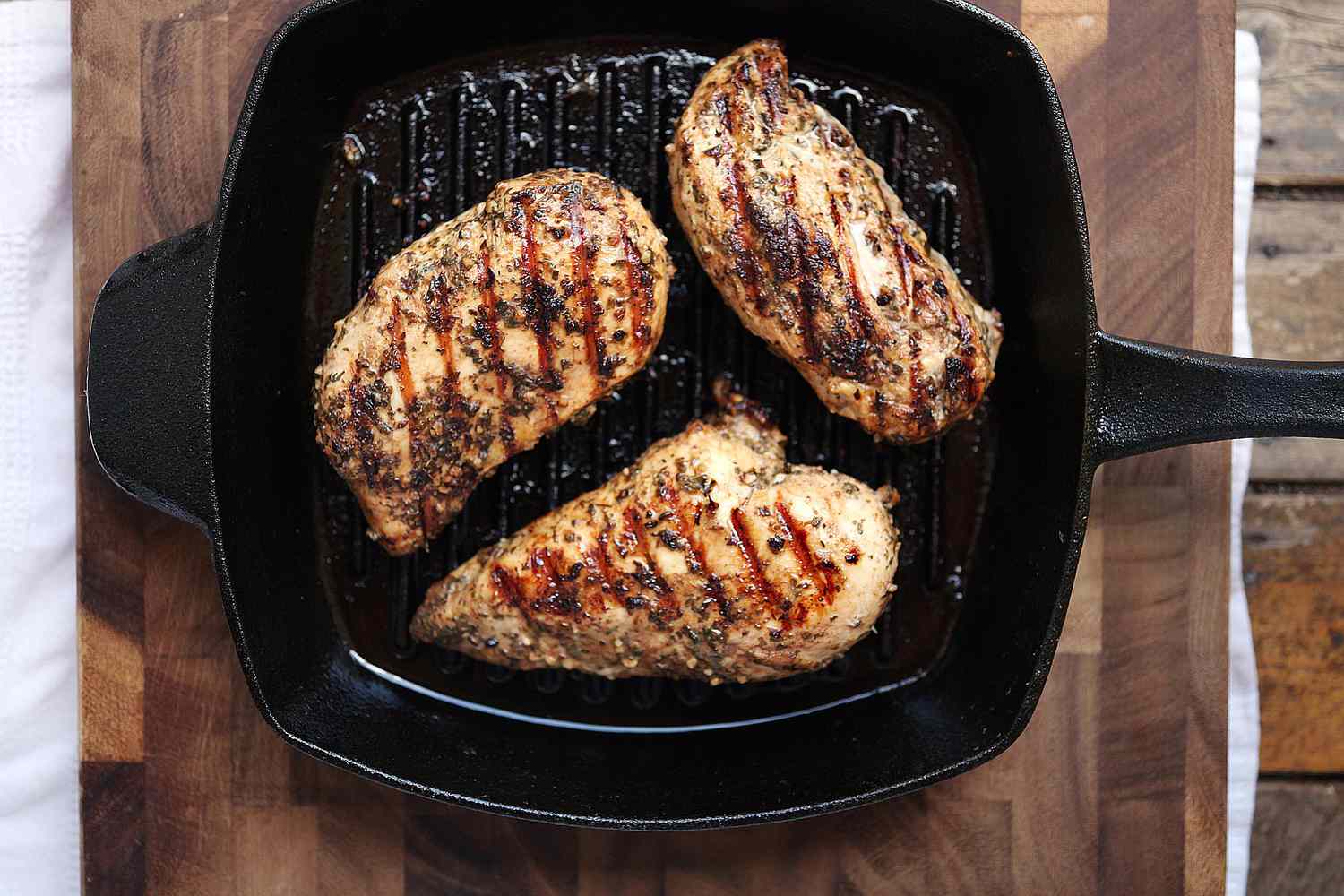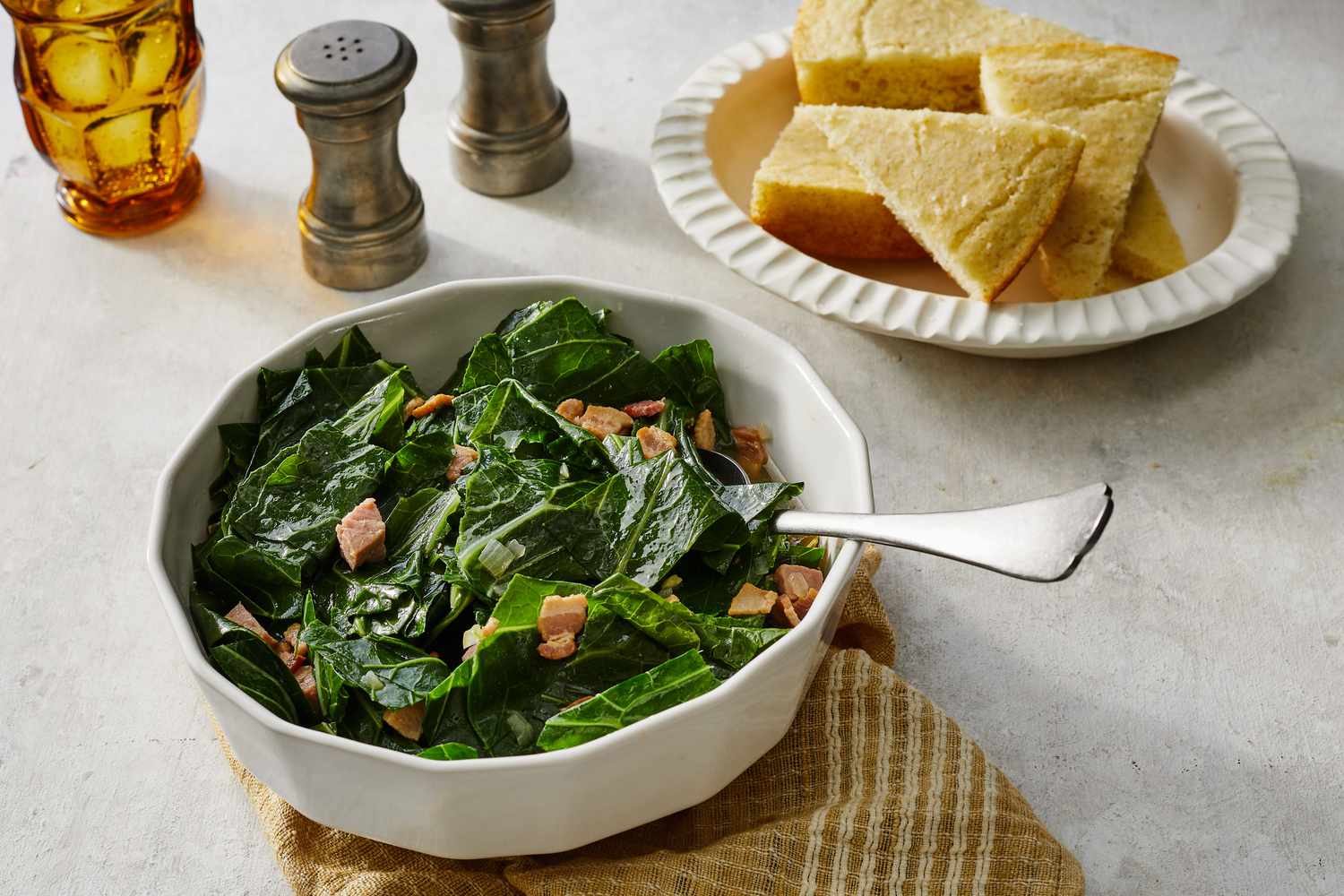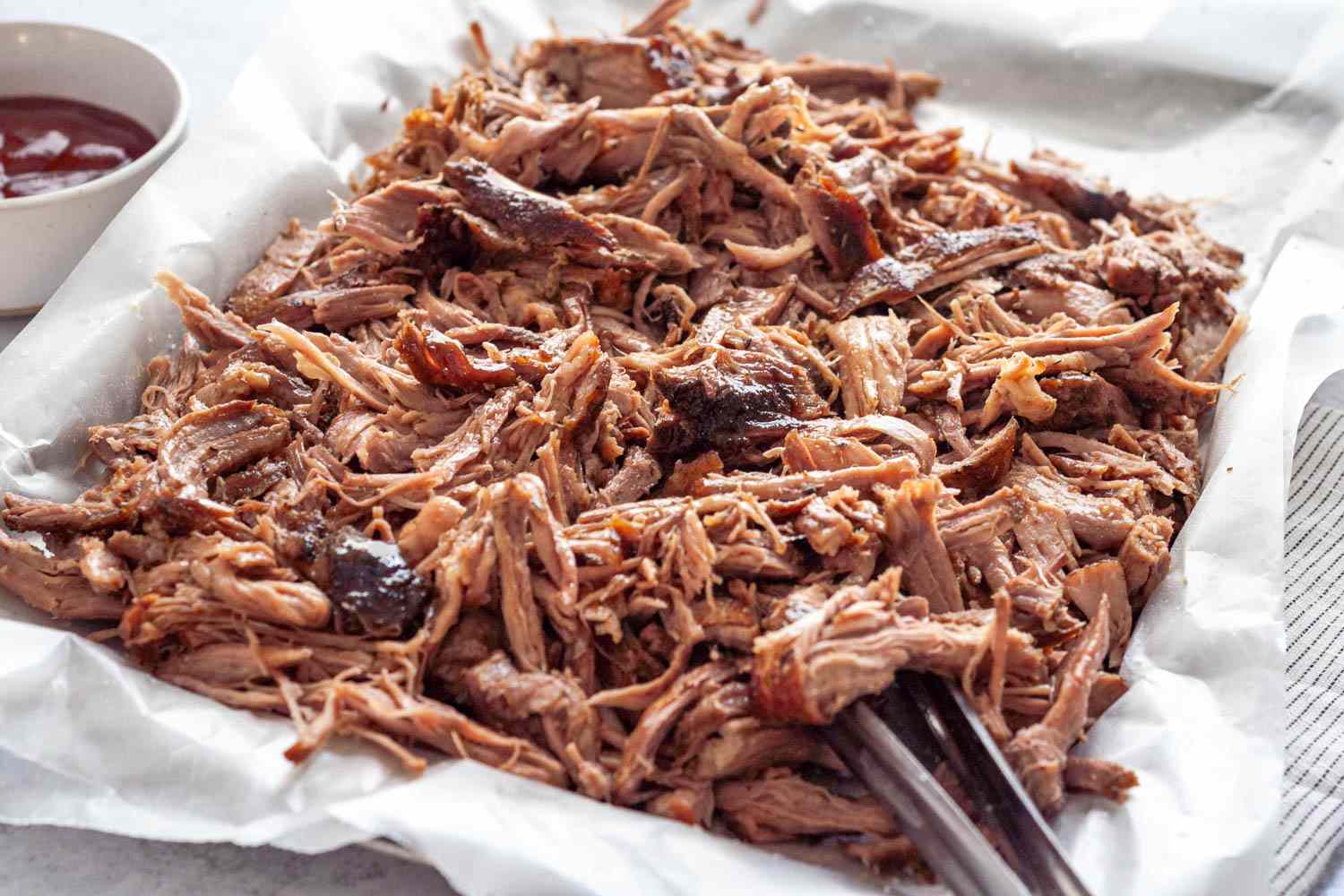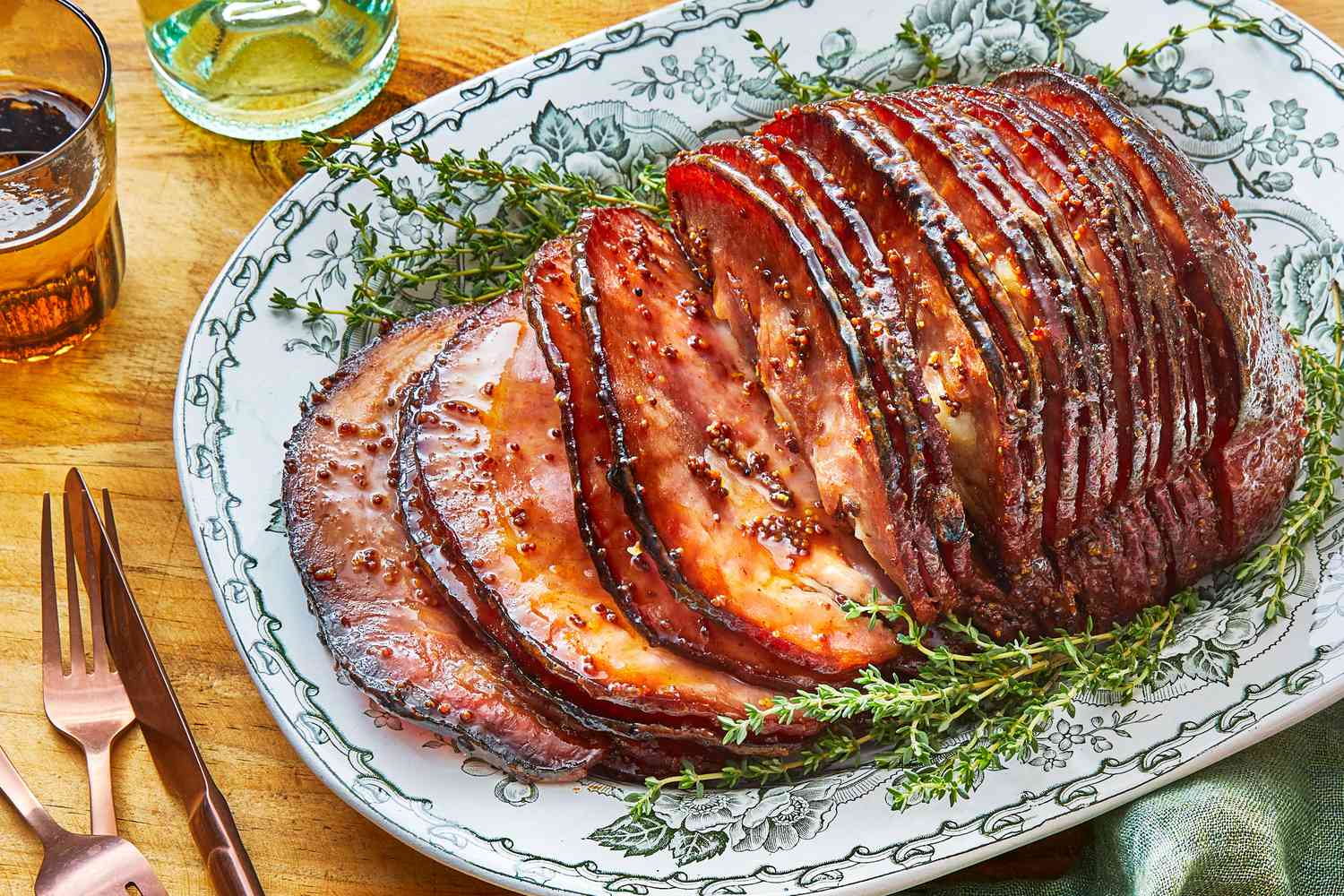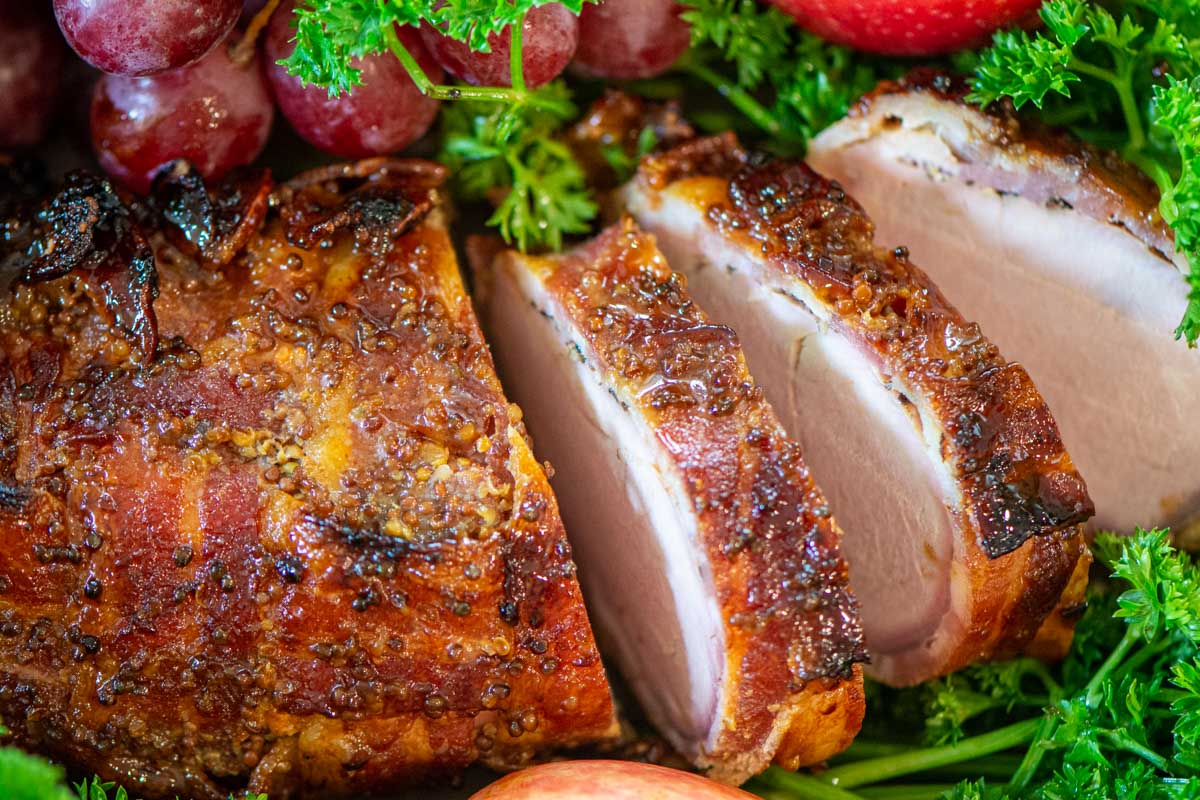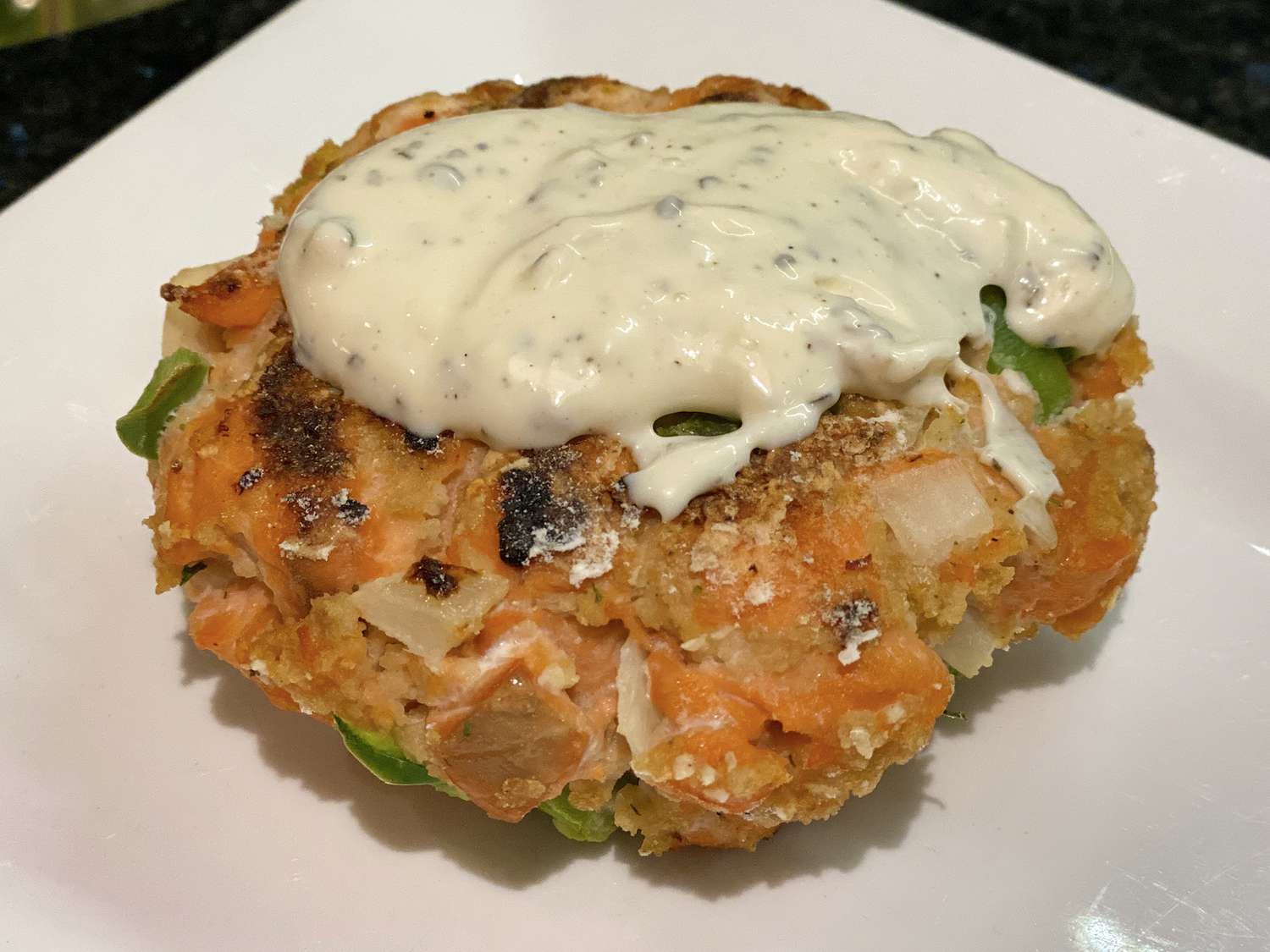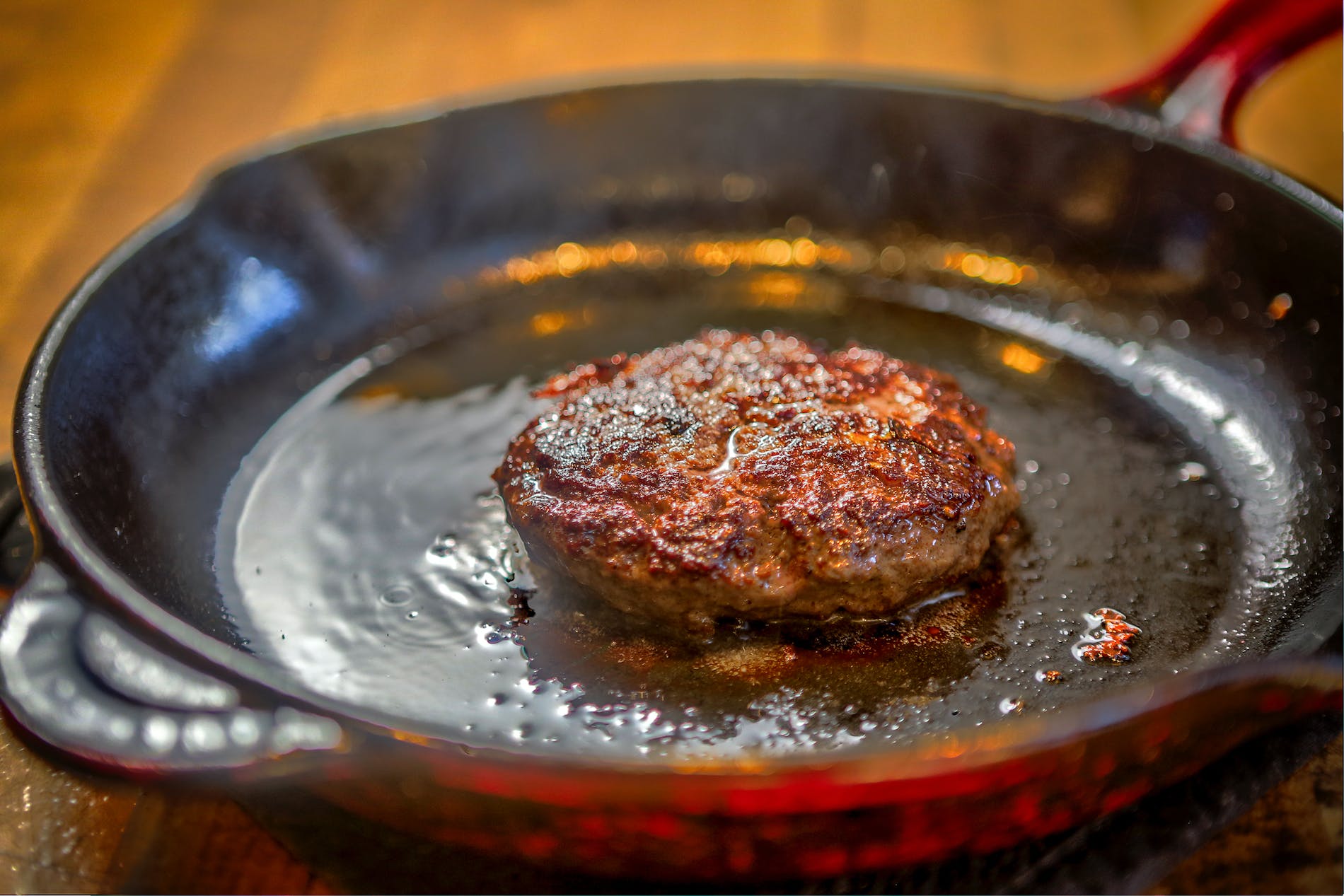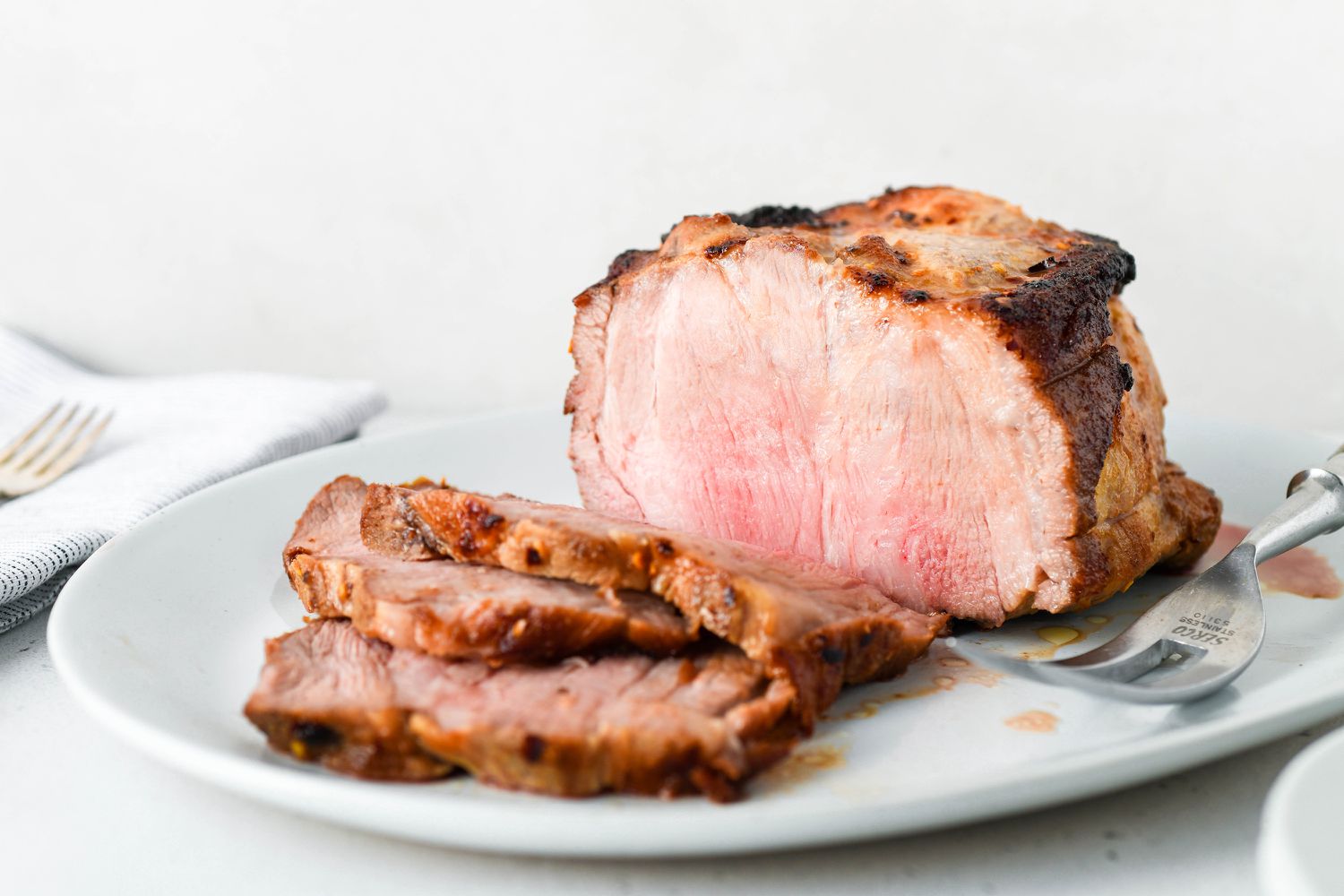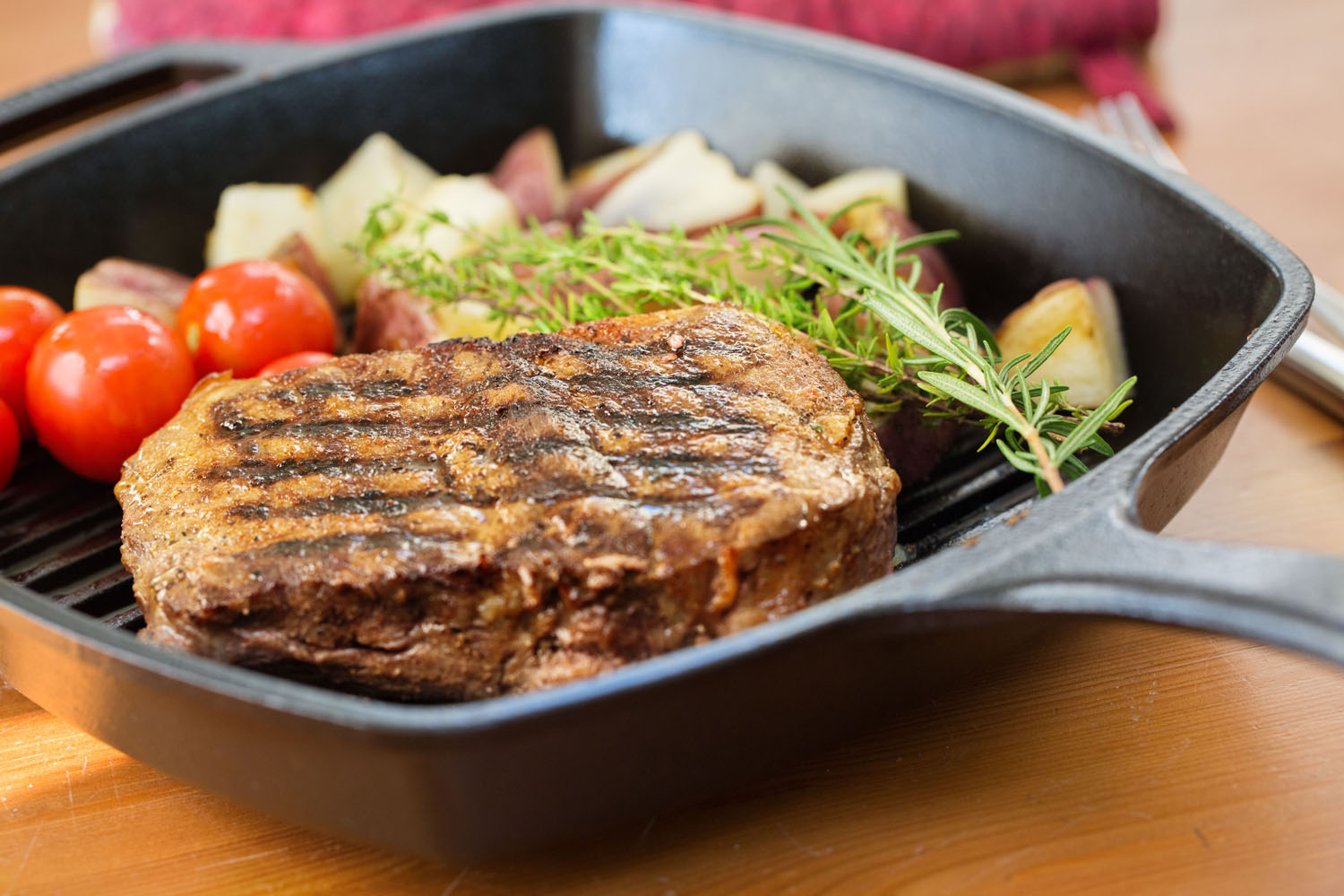Try This at Home: How to Make Curry
Curry lovers rejoice! There’s nothing quite like the aromatic flavors and comforting warmth of a delicious curry dish. While it may seem intimidating to make curry at home, fear not! In this blog post, we will guide you through the process, providing you with all the tips and tricks you need to create a mouthwatering curry that rivals your favorite restaurant.
A Brief Introduction to Curry
Curry is a versatile dish that originated in South Asia but has become popular all around the world. It typically consists of a blend of spices, herbs, and other ingredients, cooked together to create a rich and flavorful sauce. The combination of spices may vary depending on the region and personal preferences.
Ingredients
Before you embark on your curry-making adventure, gather the following ingredients:
- Protein: Whether you prefer chicken, beef, lamb, shrimp, or tofu, choose your protein of choice.
- Aromatics: Onions, garlic, and ginger are essential for building the base flavors of your curry.
- Spices: Common curry spices include turmeric, cumin, coriander, and garam masala.
- Liquid: Coconut milk, vegetable broth, or tomato puree will help create the desired consistency.
- Veggies: Add vegetables such as bell peppers, carrots, potatoes, or peas to make your curry more wholesome.
- Finishing Touches: Fresh cilantro, lime juice, or yogurt can be used for garnishing your curry.
Step-by-Step Guide
Now that you have your ingredients ready, let’s dive into the curry-making process:
- Sauté the aromatics: Start by heating oil or ghee in a large pan. Add chopped onions, garlic, and ginger, and cook until they turn golden brown. This will infuse your curry base with incredible flavors.
- Spice it up: Add your chosen spices to the pan and toast them for a minute or so. This step will enhance the aroma and depth of your curry.
- Add protein and veggies: Depending on your protein and vegetables, add them to the pan and cook until they are browned or softened.
- Create the sauce: Pour in your chosen liquid, whether it’s coconut milk, vegetable broth, or tomato puree. Stir well to combine all the ingredients, and bring the mixture to a simmer.
- Let it simmer: Cover the pan and allow the curry to simmer for at least 20 minutes. This will give the flavors a chance to meld together and create a harmonious taste.
- Garnish and serve: Sprinkle fresh cilantro, squeeze a bit of lime juice, or dollop some yogurt on top for that perfect finishing touch. Serve your curry over steamed rice or with warm naan bread.
Tips and Tricks
Now that you’ve mastered the basic steps, here are some additional tips to help you elevate your curry-making game:
- Experiment with spices: Play around with different combinations of spices to find your preferred flavor profile. Don’t be afraid to get creative!
- Balance the heat: If you prefer a milder curry, use less chili powder or omit it entirely. Conversely, add more chili powder or fresh chilies if you like it spicier.
- Let it rest: Just like a fine wine, curry gets better with time. Allow your curry to rest for a few hours or overnight to intensify the flavors.
- Add a twist: Make your curry unique by adding a touch of sweetness with coconut sugar, tanginess with tamarind paste, or creaminess with cashew paste.
- Use fresh ingredients: Whenever possible, opt for fresh herbs, spices, and vegetables to enhance the overall taste and aroma of your curry.
Time to Unleash Your Inner Curry Master!
Congratulations! You are now equipped with all the knowledge required to make a delicious curry from the comfort of your own kitchen. Don’t be afraid to experiment, tweak the recipe to your liking, and make it your own. So, gather your chosen ingredients, unleash your inner chef, and get ready to savor the amazing flavors of your homemade curry!
